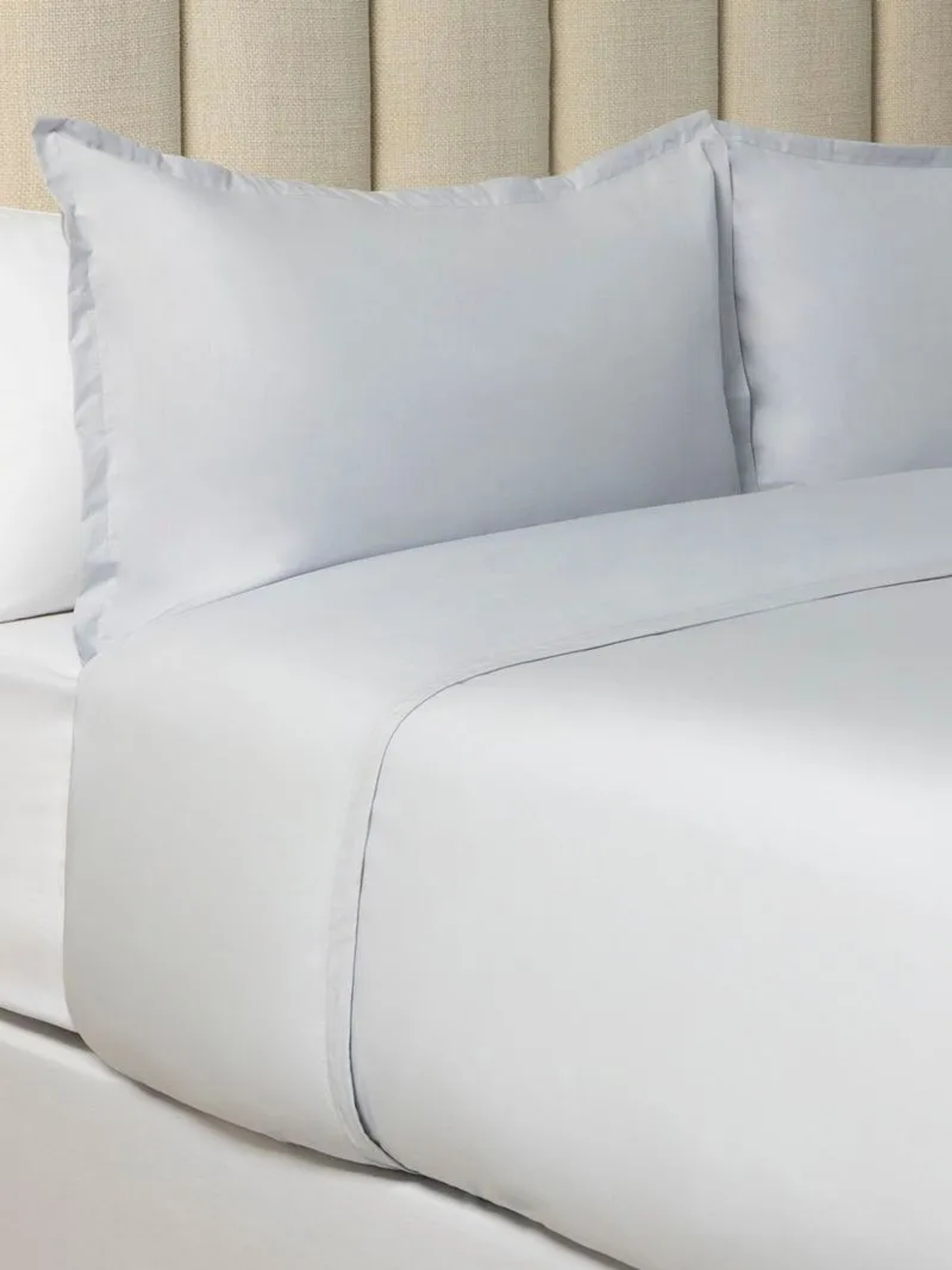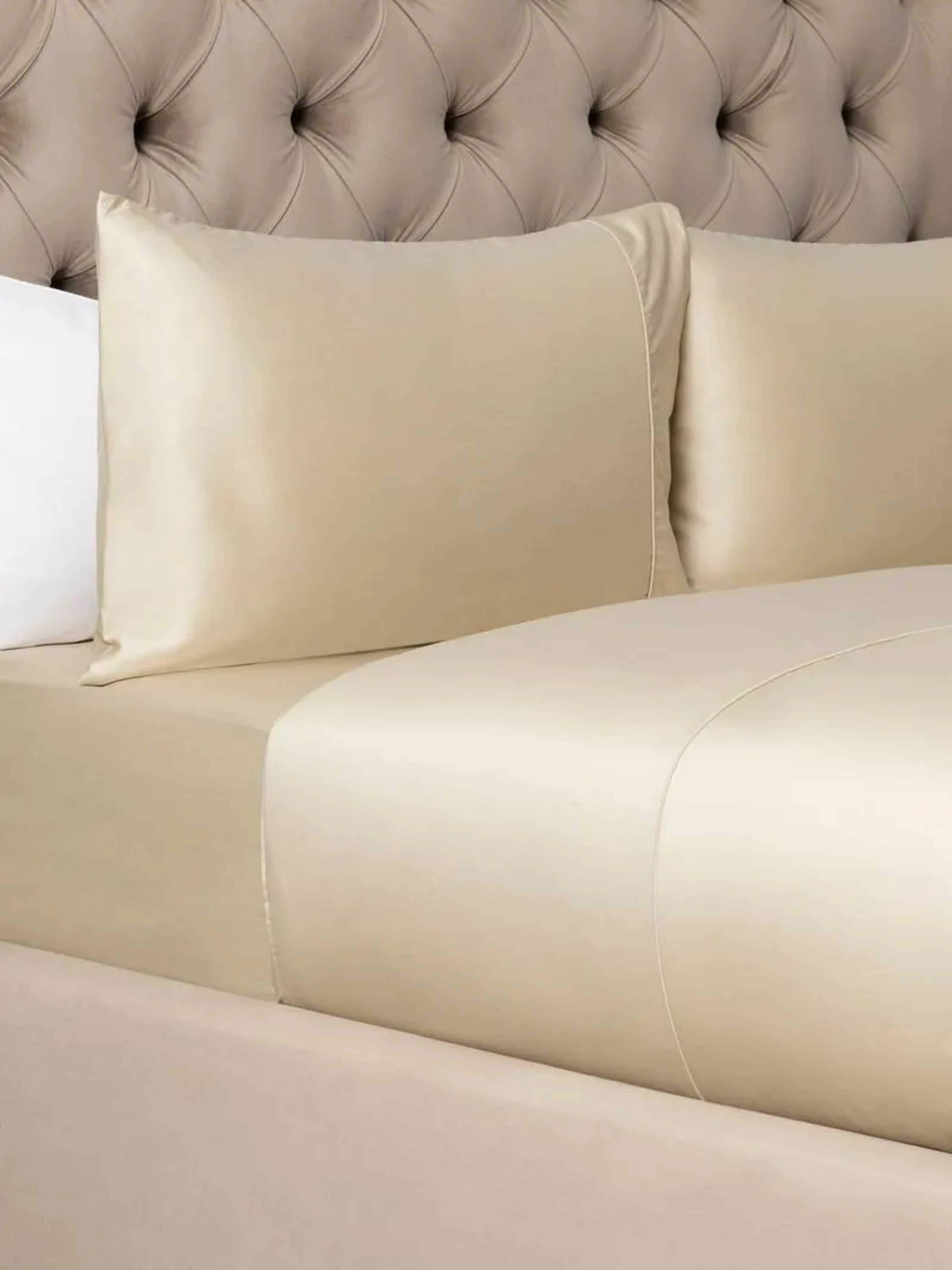What Kind of Sleeper Are You?
share
Comfortable sleep for one, isn’t great sleep for all.
Here’s why we all sleep differently: genetic and biological reasons, as well as cultural, environmental, and behavioural factors all influence when and how we prefer to rest.
We all have our own preferred way to drift off: from the position we sleep in to the time we choose to go to bed, and when we like to wake. Finding what works for you really is a game of trial and error, making little adjustments.
We understand that everyone is very different, this is exactly why we have sourced a range of the finest bedding, so you'll be able to find something to suit your sleep comfort.

Percale versus sateen weave for your best sleep.
Percale sheets offer a cool, crisp, and luxurious feel, just like sleeping in a five-star hotel. Made from high-quality, tightly woven cotton, percale is light, breathable, and perfect for summer nights or year-round comfort if you sleep hot.
With every wash, percale gets softer and with the right care, will last for years to come.
Sateen offers a silky-soft feel with a beautiful luster and drape. This weave has a warmer texture making it a great choice for cooler weather or those who tend to feel cold at night. With a luxurious sheen, sateen sheets or duvet covers add a touch of elegance and romance to any bedroom décor.
Find bed linen for better sleep.
Are you a back, side, or stomach sleeper?
One of the most noticeable differences in how people sleep is their position, the one factor that affects sleep health the most. We can train ourselves to sleep differently but becoming accustomed to sleeping a certain way, means that you find certain positions familiar and relaxing, meaning it's easier to drop off to sleep in a position you're used to. You can support your preferred sleeping position with products designed for optimal physical and skeletal wellbeing.
Back sleeping.
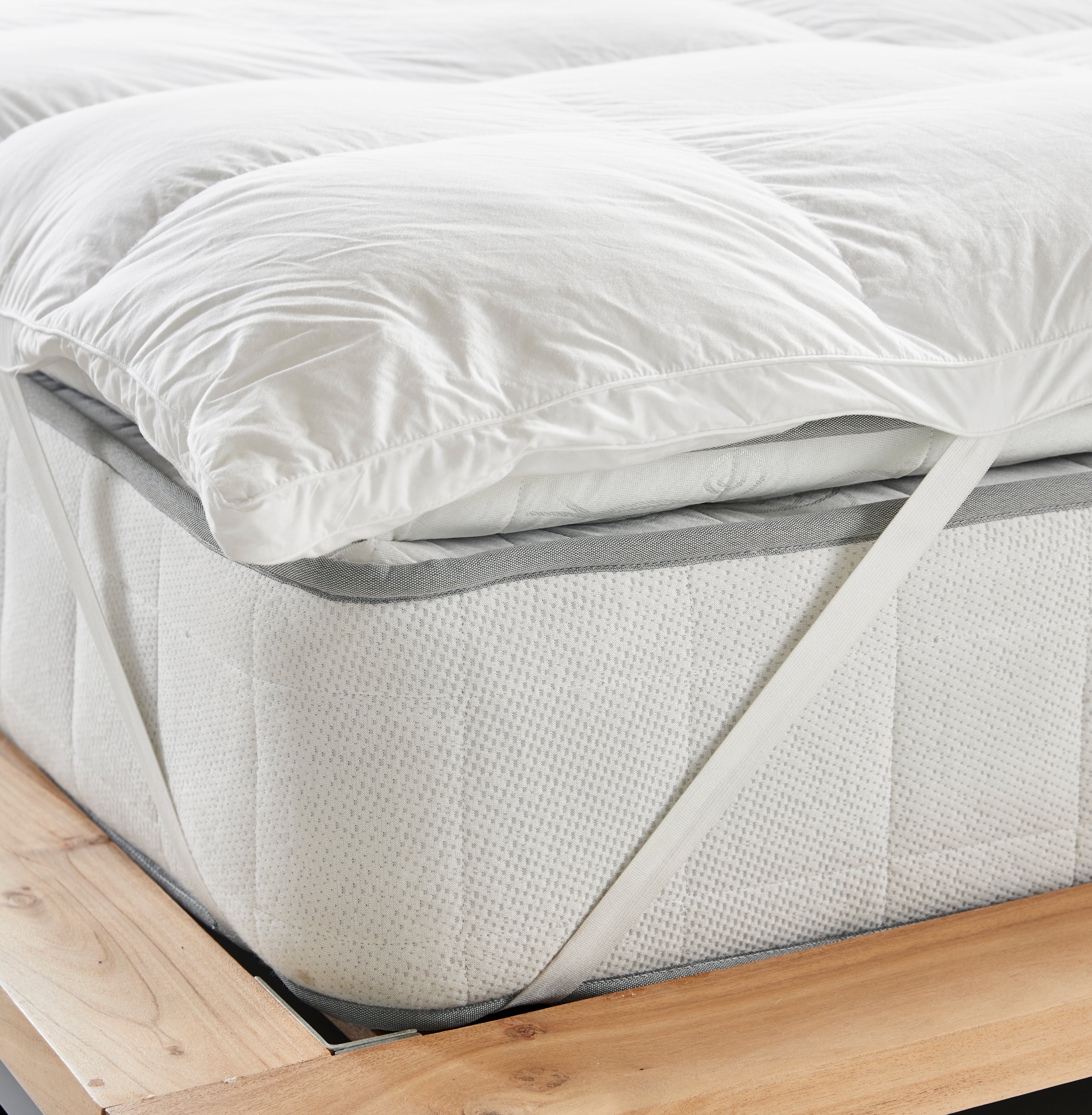
Granny Goose Feathered
This down and feather-filled mattress topper is highly recommended for adding a layer of soft comfort to any mattress without compromising back and hip support. Approximately 8cm thick, fitted under your mattress protector, heated blanket, and fitted sheet, the featherbed prevents pressure points for back and side sleepers and can be used to aid post-surgery or care for elderly people or those with disabilities to reduce the likelihood of bedsores.

Medium firm pillows
You want a pillow that has substance to it but has a little “give”, allowing your head to sink into it but supporting your neck. Test out these options if you sleep on your back: a firm feather filled, memory foam or Fossflakes pillow. Finding something you can fluff back up and fill the space behind your neck, you will wake up feeling refreshed.

Neckroll & boslter cushions
For a whole neck, shoulder and head reset, a neckroll or bolster pillow provides the relief you have been looking for. As a decorative throw cushion, this will add dimension and interest to your made up bed too. For side sleepers, support cushions placed between your knees can alleviate hip and lower back tension. These cushions are make great travel and reading neck support.

Granny Goose Feathered
This down and feather-filled mattress topper is highly recommended for adding a layer of soft comfort to any mattress without compromising back and hip support. Approximately 8cm thick, fitted under your mattress protector, heated blanket, and fitted sheet, the featherbed prevents pressure points for back and side sleepers and can be used to aid post-surgery or care for elderly people or those with disabilities to reduce the likelihood of bedsores.

Medium firm pillows
You want a pillow that has substance to it but has a little “give”, allowing your head to sink into it but supporting your neck. Test out these options if you sleep on your back: a firm feather filled, memory foam or Fossflakes pillow. Finding something you can fluff back up and fill the space behind your neck, you will wake up feeling refreshed.

Neckroll & boslter cushions
For a whole neck, shoulder and head reset, a neckroll or bolster pillow provides the relief you have been looking for. As a decorative throw cushion, this will add dimension and interest to your made up bed too. For side sleepers, support cushions placed between your knees can alleviate hip and lower back tension. These cushions are make great travel and reading neck support.
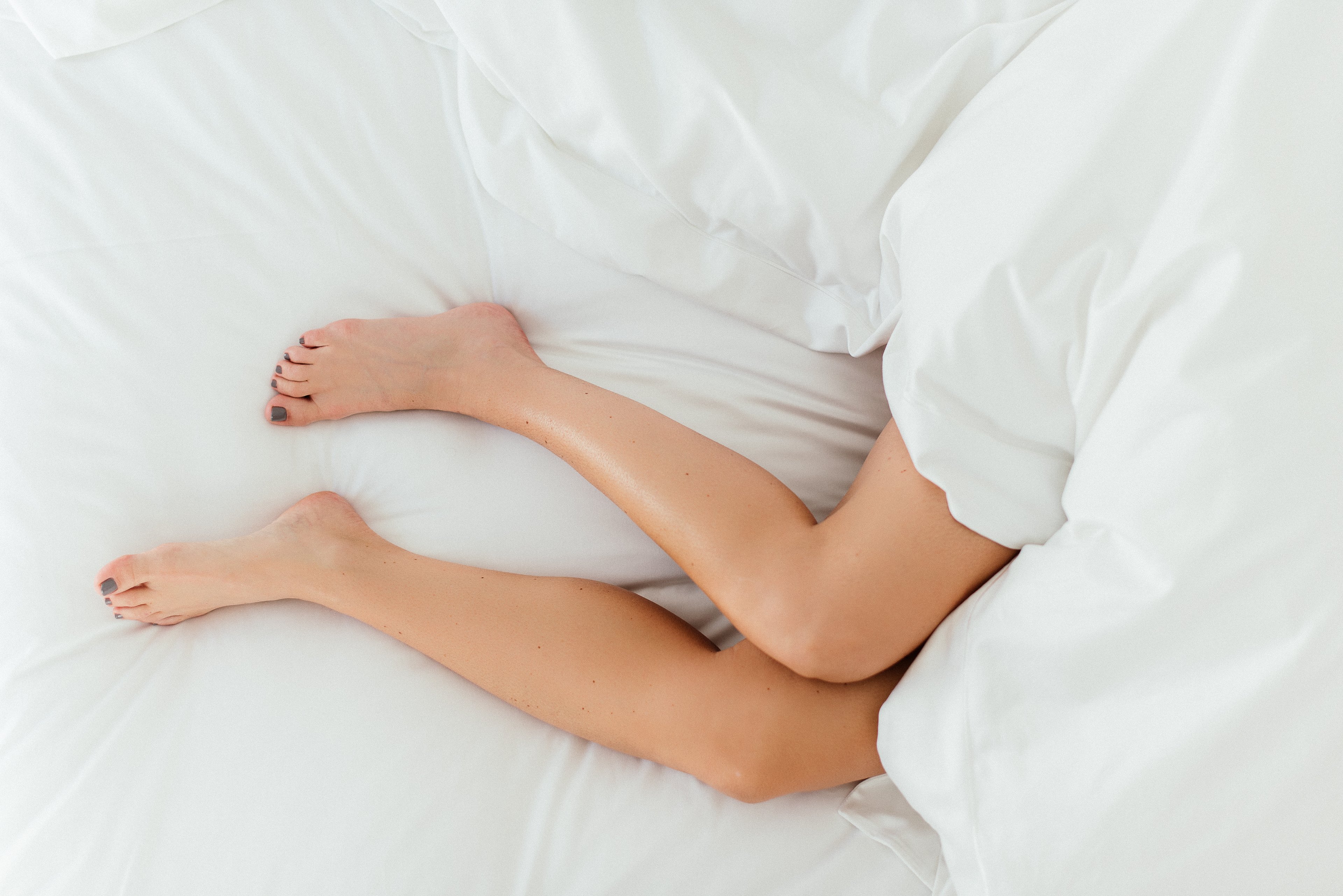
Side sleeping.
Most people sleep on their side. This position suits those who suffer from sleep apnea or airway problems that cause snoring. Side sleeping also helps reduce acid reflux and heartburn, making it a healthier choice for many.
Recommended products for side sleepers:
A medium firm pillow with moveable filling like feathers or firm fiber to be able to support neck and head position for spinal alignment.
An extra firm pillow like a knee or bolster pillow to use between knees to keep your hips at a healthy angle.
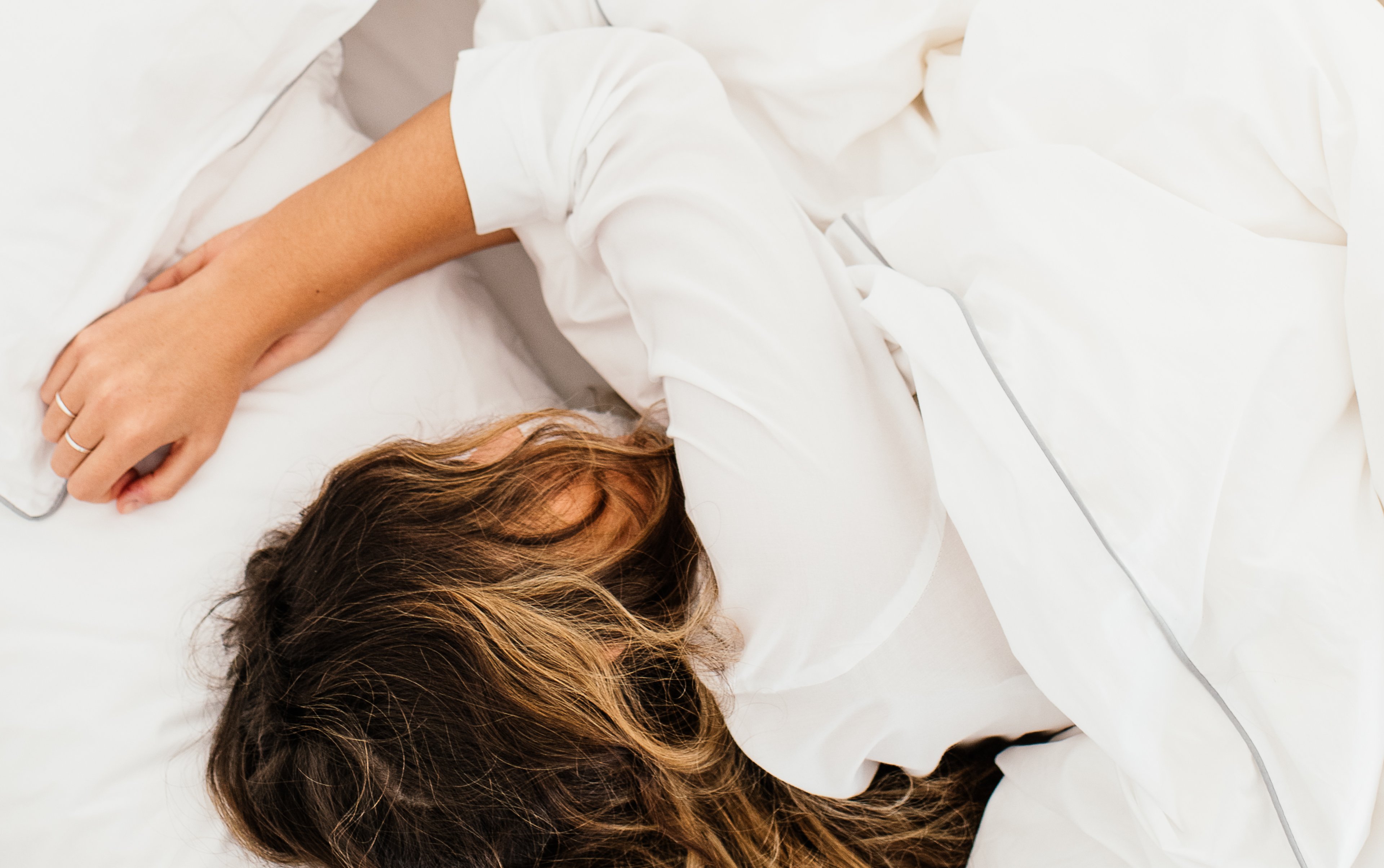
Front sleeping
Sleeping on one's stomach is the least popular way to sleep. Most people find this way of resting strains their neck and avoid it, but for some it relieves back and neck pain and opens up the airways for better breathing.
If you are a stomach sleeper we suggest a softer pillow to support better head and neck carriage. Something like a soft fibre pillow or a pillow with a high down content. Using a king or emperor sized pillow to cuddle up to can open up the chest and prevent lower back strain.
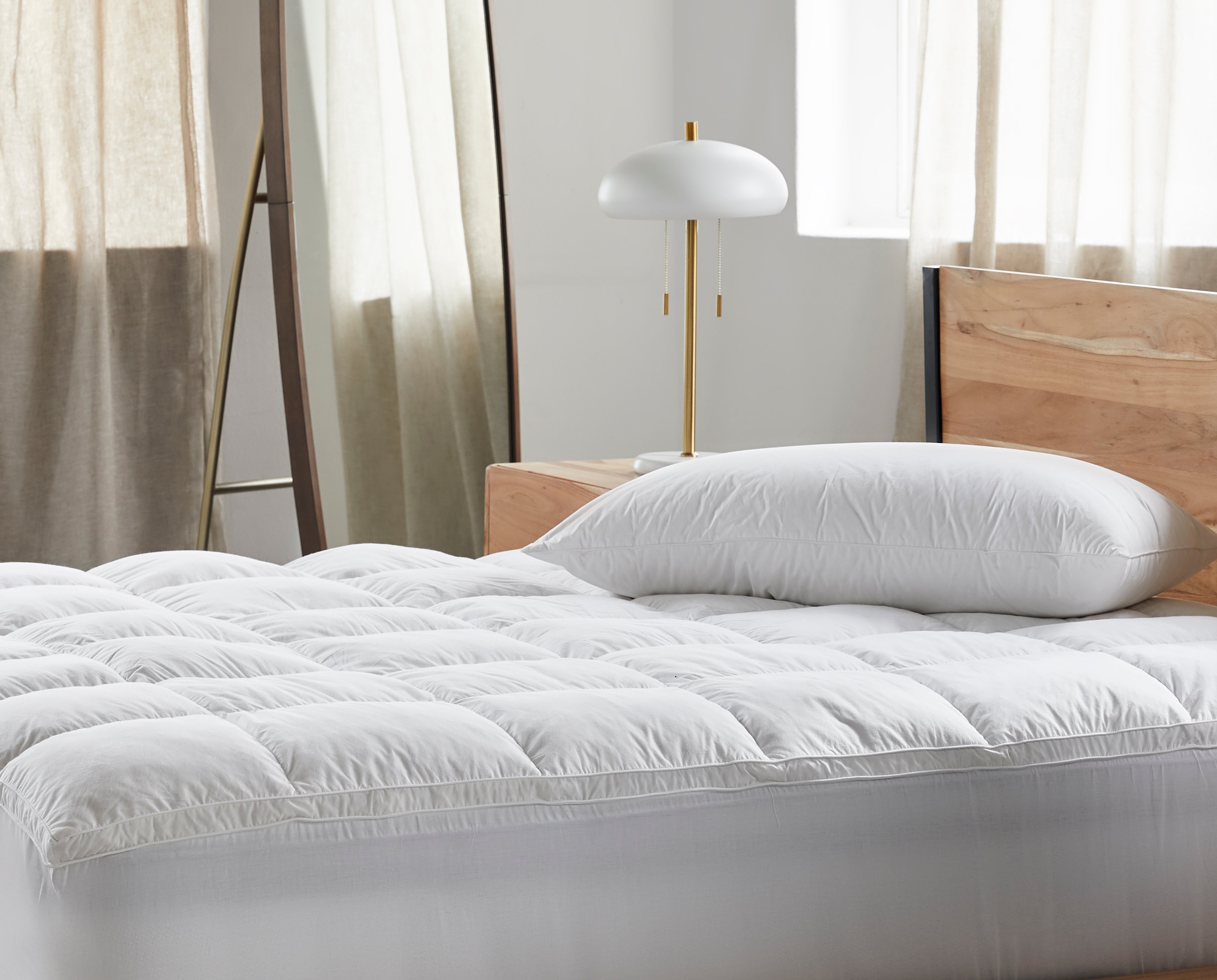

When we like to sleep.
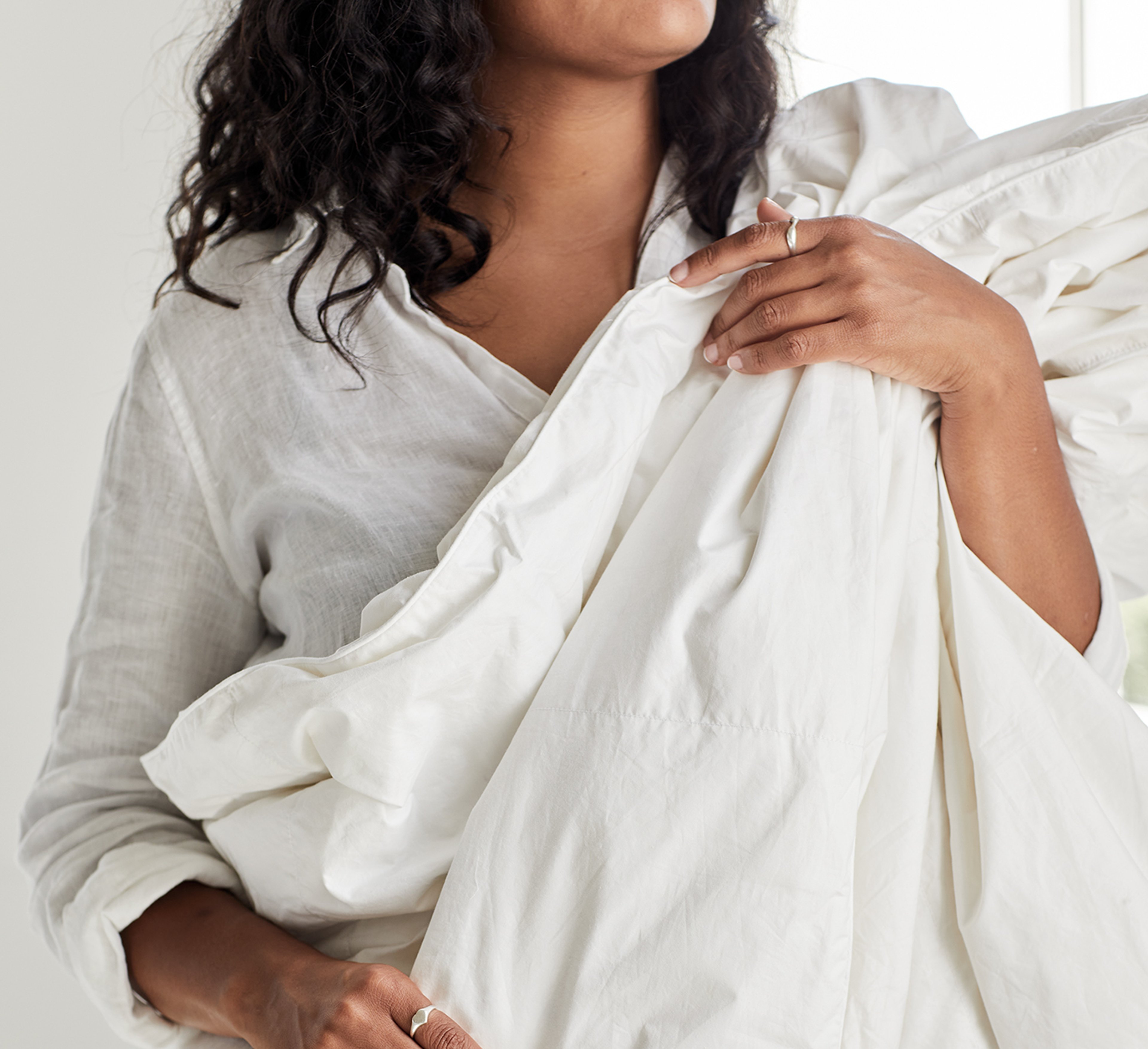
The Night Owl
Some people find their productivity or creativity peaks at night. These individuals may struggle with early mornings and prefer to stay up late, working or relaxing in the quiet hours.

The Early Bird
Others are naturally inclined to wake up early and feel their best in the morning. They often go to bed earlier to get a full night’s sleep before starting their day.

Polyphasic Sleepers
While most people sleep in one continuous block, some adopt a polyphasic sleep schedule, breaking their sleep into multiple short naps throughout the day and night. This is often practiced for lifestyle or productivity reasons.

The Night Owl
Some people find their productivity or creativity peaks at night. These individuals may struggle with early mornings and prefer to stay up late, working or relaxing in the quiet hours.

The Early Bird
Others are naturally inclined to wake up early and feel their best in the morning. They often go to bed earlier to get a full night’s sleep before starting their day.

Polyphasic Sleepers
While most people sleep in one continuous block, some adopt a polyphasic sleep schedule, breaking their sleep into multiple short naps throughout the day and night. This is often practiced for lifestyle or productivity reasons.
Hot vs cold sleepers
Some of us naturally run a little hotter than others, and especially as our body warms up at night, it can get uncomfortable under the incorrect bedding. To make matters worse if you share a bed with someone the added body heat can make it unbearable.
The best bedding for people who tend to overheat:
Stick to all natural materials for your linen - linen and cotton are super breathable and temperature regulating.
When it comes to choose the right duvet inner, the same rule applies - pick something light and airy like pure down.
The best bedding for those who often get cold:
For linen higher thread counts offer more insulation without making you too hot. Anything above a 400 thread count sateen weave is perfect. Sateen is slightly heavier than percale making it a good selection for insulation.
Your go-to for a duvet inner is something a little fuller / weightier, possibly a feather mix or a a synthetic fibre alternative with a much higher tog rating. Synthetic fibres offer better insulation.
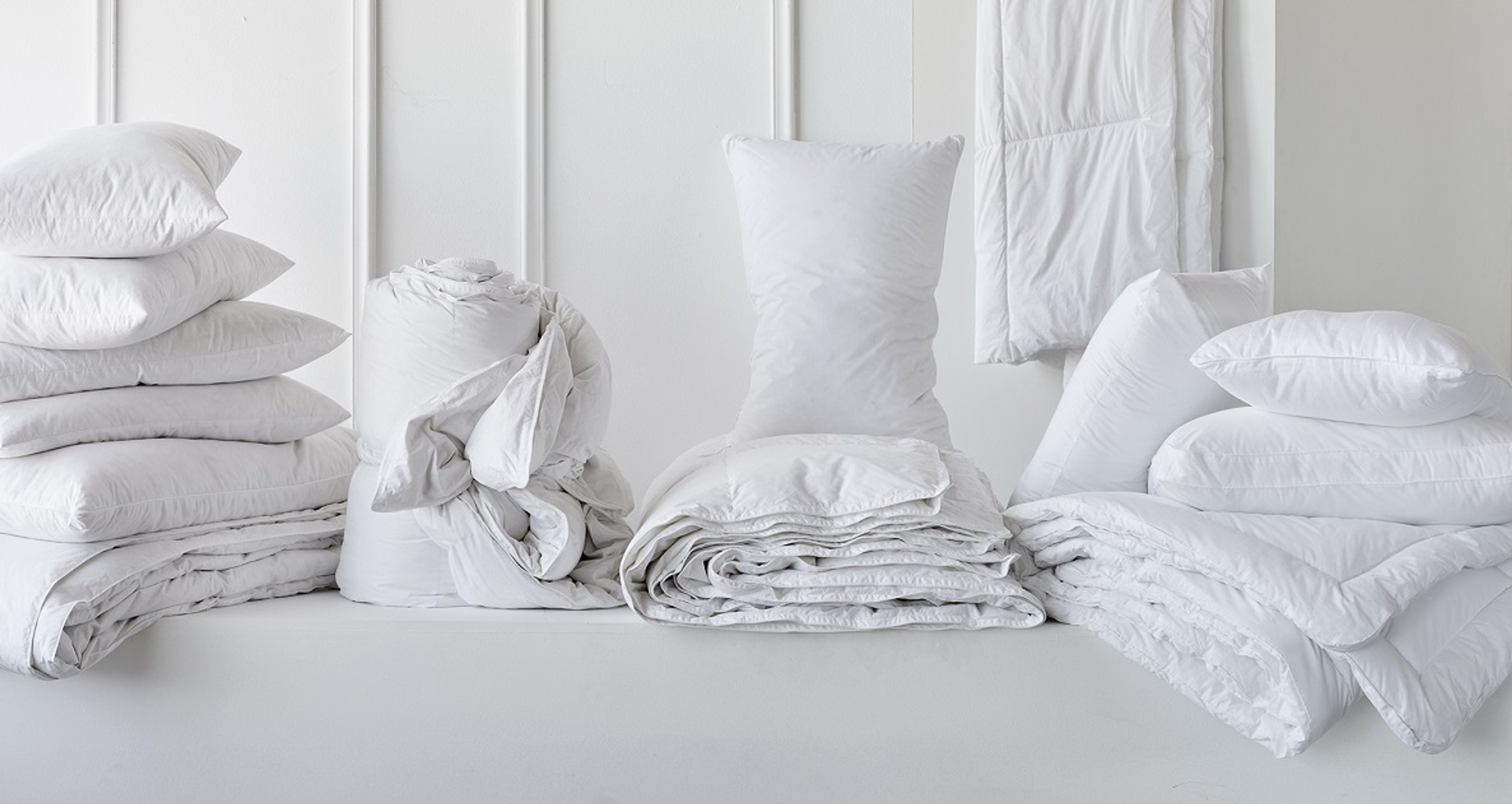
Whether it’s the position we sleep in, the time we go to bed, or our body temperature, there are countless ways people differ in how they sleep. Understanding your unique sleep preferences can help improve the quality of your rest and promote better overall well-being.

